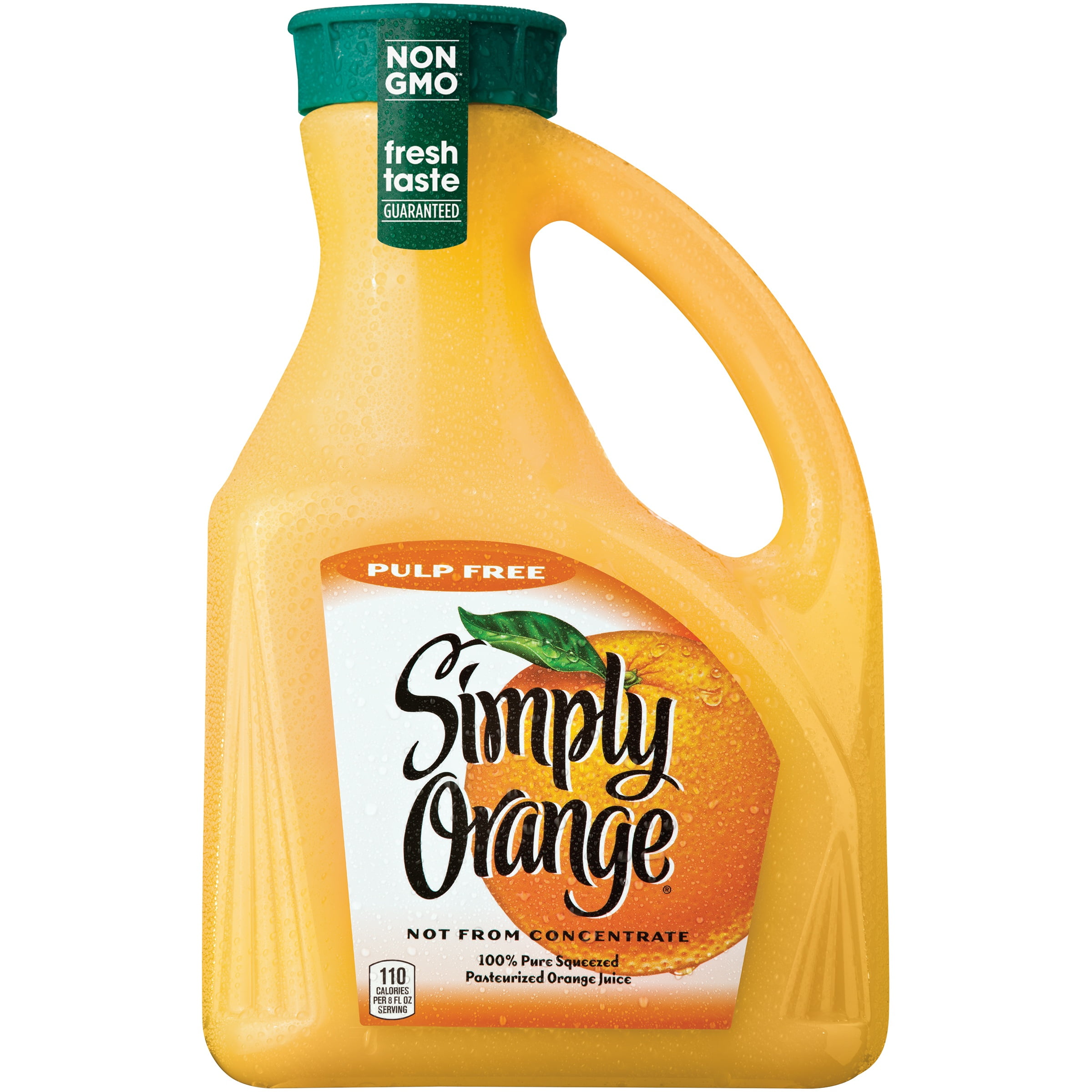

Reconstituted juice’s sugar and energy content would be restored to their initial levels. If the concentrate is reconstituted, water is added back to form the liquid state and the result should be no different than the original juice. Concentrates are higher in sugar and energy by weight and volume. This is beneficial for both preserving the juice and reducing shipping weight. Made with quality ingredients, this refreshing orange juice delivers a unique experience for. On food labels, the sugar from concentrate is considered “added sugar.”įruit juice concentrate is made when water is extracted from the juice. Savor the authentic taste of Don Simon Orange Juice with Pulp.

Concentrates that are pasteurized will be lower in heat-sensitive vitamin C unless the product is fortified. Already the overall nutrition will differ from that of the raw fruit.
PULP ORANGE JUICE SKIN
įruit concentrate is basically fruit puree with the water removed, and usually the skin and membranes as well. Our Food You Feel Good About yellow banner is your shortcut to great-tasting products with no. Types of Fiber and Their Health Benefits. 100 extra pulp orange juice not from concentrate.Juicing 101: Nutrition Tips for Consumers.Eating raw, whole foods is always better than a processed version.
PULP ORANGE JUICE FULL
Here’s why – humans’ teeth and GI tracts were meant to consume as much of a plant as is edible, and to receive the full benefit of a fruit’s nutrients and phytochemicals we need to eat all of its components. Summary Supermarket orange juice isn’t the simple product it may appear to be. But I still promote consuming fruit skins, pulp, and pith. Pulp, which undergoes further processing after extraction, is added back to some juices ( 1 ). So… although I’ve always been taught (at home and professionally) that the pulp is nutritious, there appears to be a lack of resources to substantiate anything other than a small amount of fiber content. I found the Nutrition facts panel for a passion fruit pulp sold in the US and it has 1 gram fiber, 9 grams sugar, 2% DV calcium, and 2% DV iron per half-cup serving. Hardly something found in American grocery shelves. The USDA’s Food Composition Database’s ONLY standard reference pulp is that of Naranjilla (lulo), a South American fruit. Not one online article about fruit pulp that I found had an original source citing micronutrient content. But the evidence of such nutrition is a mystery to me. The type of fiber, called pectin, is a beneficial soluble fiber that helps lower blood cholesterol and slows the passage of food through the gut.Ĭitrus pulp is also promoted as containing nutrients such as vitamin C, beta-carotene and several minerals. Taking a look at the labels from three major bottled OJ brands, the nutritional information was nearly identical:ġ cup pulp-free had 110 calories, 22-23 grams sugar, 0 gram fiberġ cup high pulp had 110 calories, 22-23 grams sugar, 0 gram fiberīut where’s the fiber? When fiber is less than 1 gram and no fiber claims are made, the Nutrition Facts panel may not even have Dietary Fiber listed. We often think the pulp retains the fiber, while the expressed juice does not.


 0 kommentar(er)
0 kommentar(er)
